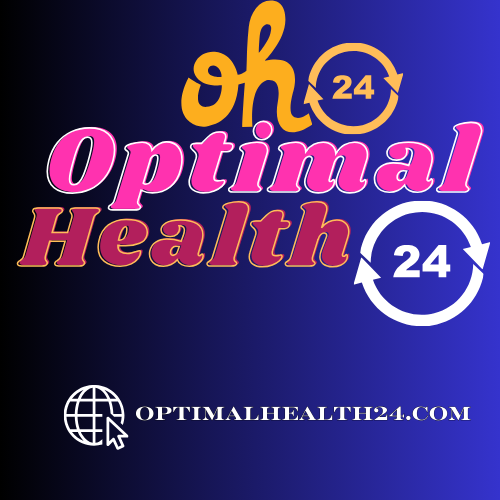Proper Nutritional Diet, Unveiling the Power of Sunlight: A Comprehensive Guide (Part 14/15)
In the vast cosmos, the sun stands as a radiant powerhouse, showering our planet with light and warmth. This comprehensive guide delves into the multifaceted aspects of sunlight, exploring its composition, significance, health benefits, and practical considerations for harnessing its energy.

Unveiling the Power of Sunlight: A Comprehensive Guide
1. Understanding Sunlight Composition
a. Solar Spectrum:
– Sunlight is a spectrum of electromagnetic radiation, including visible light, ultraviolet (UV) rays, and infrared radiation.
b. Visible Light:
– The rainbow of colors within sunlight that is visible to the human eye.
c. UV Radiation:
– Categorized into UVA, UVB, and UVC, with varying effects on the Earth’s atmosphere and living organisms.

2. Significance of Sunlight for Life
a. Photosynthesis:
– Crucial for plants, sunlight facilitates the process of photosynthesis, converting carbon dioxide and water into glucose and oxygen.
b. Vitamin D Synthesis:
– Sunlight exposure on the skin triggers the production of vitamin D, vital for bone health and immune function.
c. Circadian Rhythms:
– Sunlight regulates our internal body clock, influencing sleep-wake cycles and overall well-being.

3. Health Benefits of Sunlight Exposure
a. Vitamin D Production:
– Adequate sunlight helps prevent vitamin D deficiency, associated with various health issues.
b. Mood Enhancement:
– Sunlight exposure stimulates the production of serotonin, contributing to a positive mood.
c. Skin Health:
– Moderate sunlight is beneficial for skin conditions like psoriasis and eczema.

4. Practical Considerations and Safety Measures
a. Sunscreen Usage:
– Importance of using sunscreen to protect against harmful UV rays and reduce the risk of skin cancer.
b. Time of Sun Exposure:
– Optimal periods for safe sunlight exposure and vitamin D synthesis without excessive UV exposure.
c. Eye Protection:
– Wearing sunglasses to shield the eyes from UV radiation and prevent eye damage.

5. Harnessing Solar Energy for Sustainability
a. Solar Power Generation:
– The process of converting sunlight into electricity through solar panels.
b. Solar Heating Systems:
– Utilizing sunlight for residential and commercial heating purposes.
Conclusion: Embracing the Sun’s Gifts
As the ultimate source of light and life, the sun illuminates our world with its boundless energy. Understanding the various facets of sunlight allows us to appreciate its role in sustaining life, promoting health, and even contributing to sustainable energy solutions. Let us bask in the warmth of the sun while respecting the balance needed for our well-being.
FAQs about Sunlight: Shedding Light on Common Queries
1. How does sunlight affect vitamin D production?
– Sunlight triggers the synthesis of vitamin D in the skin, essential for bone health and immune function.
2. Is sunlight exposure always beneficial?
– While sunlight offers health benefits, moderation is key. Excessive exposure can lead to skin damage and increase the risk of skin cancer.
3. What is the best time for sunlight exposure?
– Optimal periods for safe sunlight exposure are usually in the morning or late afternoon to avoid the harsh midday sun.
4. Can sunscreen hinder vitamin D production?
– While sunscreen protects against harmful UV rays, it may reduce vitamin D synthesis. Balancing sun protection and vitamin D needs is crucial.
5. How is sunlight used for generating electricity?
– Solar panels harness sunlight through photovoltaic cells, converting it into electrical energy for various applications.






